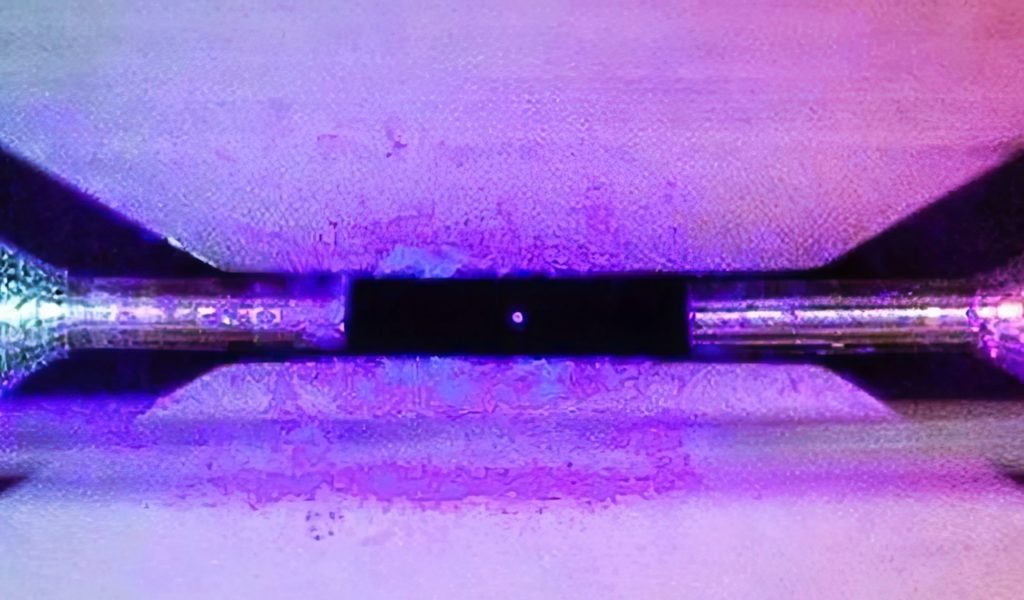For the first time in history, scientists have managed to take an X-ray signal of a single atom. Such detection could be massive and revolutionize areas like nanotechnology, quantum information, and both environmental & medical science research.
This is all part of new research coming out of the Argonne National Laboratory, which was led by Saw Wai Hla. The team posted their findings in the recent publication of the scientific journal, Nature.
What is so interesting to us is that the smallest mass an X-ray typically detects is an attogram. This is roughly the size of 10,000 atoms, which makes finding a way to capture a single atom quite difficult. Yet researchers have been trying to identify smaller masses using X-ray signals for years.
How They Did It

In their paper, Hla along with their fellow researchers used a purpose-built synchrotron X-ray instrument at the XTIP beamline of Advanced Photon Source, and, of course, the Center for Nanoscale Materials at the Argonne lab. Hla said about their findings:
“Atoms can be routinely imaged with scanning probe microscopes, but without X-rays, one cannot tell what they are made of. We can now detect exactly the type of a particular atom, one atom-at-a-time, and can simultaneously measure its chemical state. Once we are able to do that, we can trace the materials down to the ultimate limit of just one atom. This will have a great impact on environmental and medical sciences and maybe even find a cure that can have a huge impact for humankind. This discovery will transform the world.”
As just a test, the researcher took an iron atom and a terbium atom. Both were then inserted into their respective molecular hosts.
To detect the X-ray signal of the single atom, the team supplemented conventional detectors in X-rays with a specialized detector. This detector is made of a sharp metal tip, which was positioned at the extreme proximity to the sample.
This sample was then used to collect X-ray “excited electrons,” known as synchrotron X-ray scanning tunneling microscopy. Also known simply as SX-STM. This was a big deal for Hla, who has worked for 12 years helping to fine-tune SX-STM.
What This Means For The Future

The first author of the paper, Tolulope Michael Ajayi is doing this research as part of his doctoral thesis. He claimed about the study:
“The technique used and concept proven in this study broke new ground in X-ray science and nanoscale studies. More so, using X-rays to detect and characterize individual atoms could revolutionize research and give birth to new technologies in areas such as quantum information and the detection of trace elements in environmental and medical research, to name a few. This achievement also opens the road for advanced materials science instrumentation.”
All of this also involved scientists at [the] Ohio State University and the University of Illinois-Chicago.
Overall, atom identification represents a new breakthrough in the use of X-rays. Obviously, they have been used in numerous fields now. We’ve likely all had an X-ray at the doctor’s office before. However, you’ve likely also seen them in use for security screenings, particularly at airports.
We also use them to examine the composition of rocks on Mars remotely. Along with its use in finding the age of specific artifacts over the years.
It’ll be interesting to see what this research leads to.